A new, concept electric van – the Renault Estafette – has been unveiled by Flexis, a new company formed by Volvo and Renault in March to develop and produce electric light commercial vehicles (LCVs).
Using the new FlexEVan platform that Renault developed with its partners in Flexis, specs are based on fleet requirements and feedback.
Philippe Divry, CEO of Flexis SAS, said: “We are very excited about helping to bring to life the vision that Renault Group and its partners Volvo Group and CMA CGM Group have come up with to revolutionise urban logistics, to make operations more sustainable, safer, city-friendlier, driver-friendlier and neighbour-friendlier.
“Estafette concept is the first example of what electric utility vehicles will look like tomorrow: purpose-engineered to drive in cities, compact, connected and built for fully sustainable delivery services.”
The original Estafette was the very first Renault brand vehicle to fit the entire powertrain – engine and transmission – at the front to free up all the space behind for loading.

The new Estafette 4.0 is the first to feature the FlexEVan electric platform and will become a production van in two years’ time.
Estafette Concept’s footprint (4.87 x 1.92 metres) is in the same league as Kangoo L2’s (4.91 x 1.86 metres).
They both fit in a standard parking spot (less than 5 metres long), while being more agile, with a turning circle between kerbs similar to that of a Clio (just over 10 metres).
But Estafette Concept is considerably higher (2.59 metres compared with 1.85) allowing the driver to move back and forth between the cockpit and cargo area.
The pocket sliding side doors open with one swift motion, while a shutter at the rear rolls around itself, opening up the van’s full height.
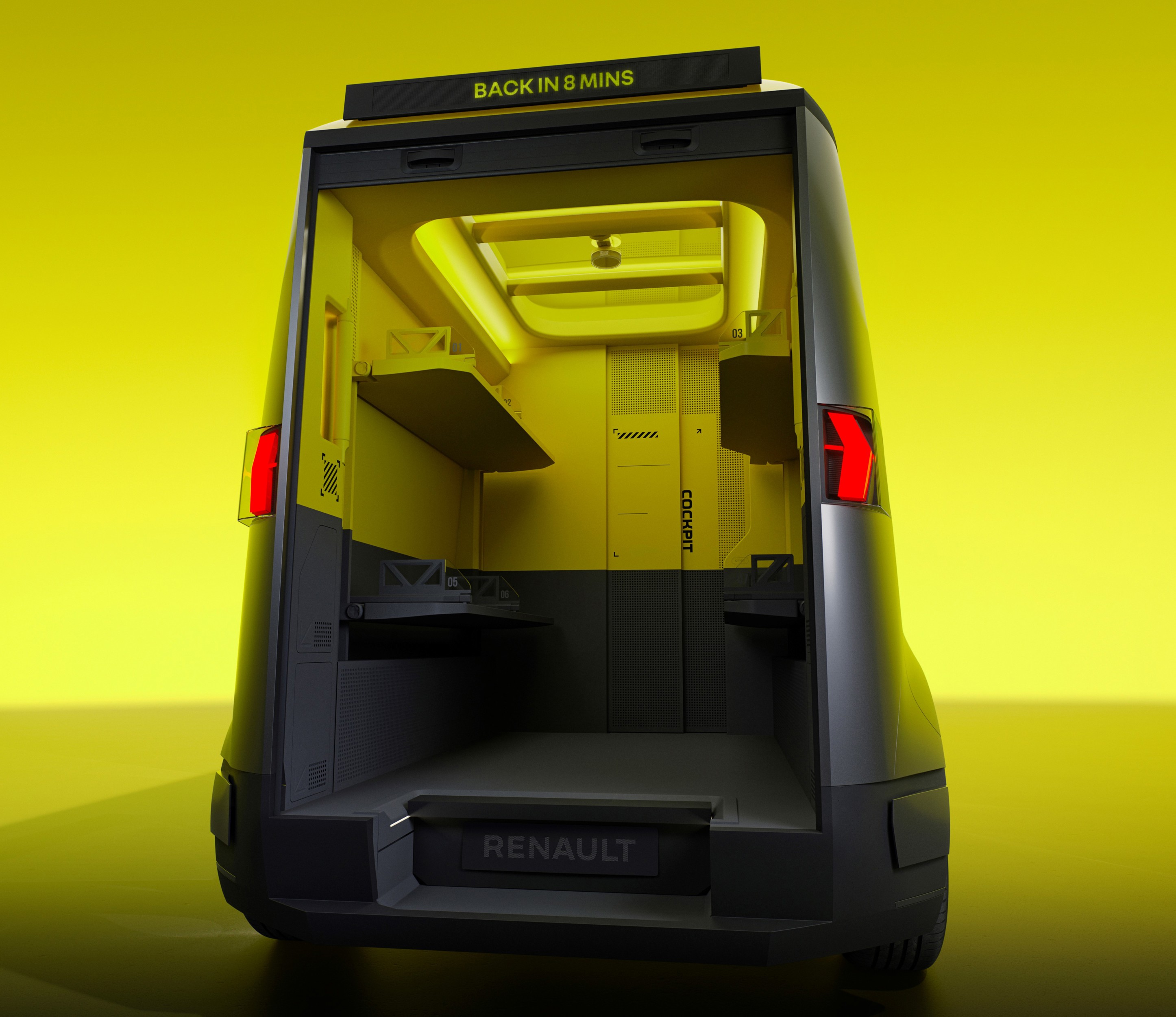
The shutter is used exclusively for loading and the sliding door alongside the pavement is used exclusively for unloading, to keep the driver completely safe.
Meanwhile, to provide the driver with a panoramic view, the windscreen wraps around the side, connecting to two windows forming a triptych.
Yannick Bignon, LCV design project director at Ampere, said: “Estafette Concept’s cabin is engineered to radiate class and designed to reduce total cost of ownership.
“Its clever design makes the driver’s job easier, and the van is built for them to work it hard day after day. And it includes smart safety features to protect people in cities.”
Estafette Concept’s dashboard is packed with technology and has no visor in the steering wheel area. It is divided into a seven-inch screen displaying dashboard information and a 12-inch screen towards the middle, facing the driver.
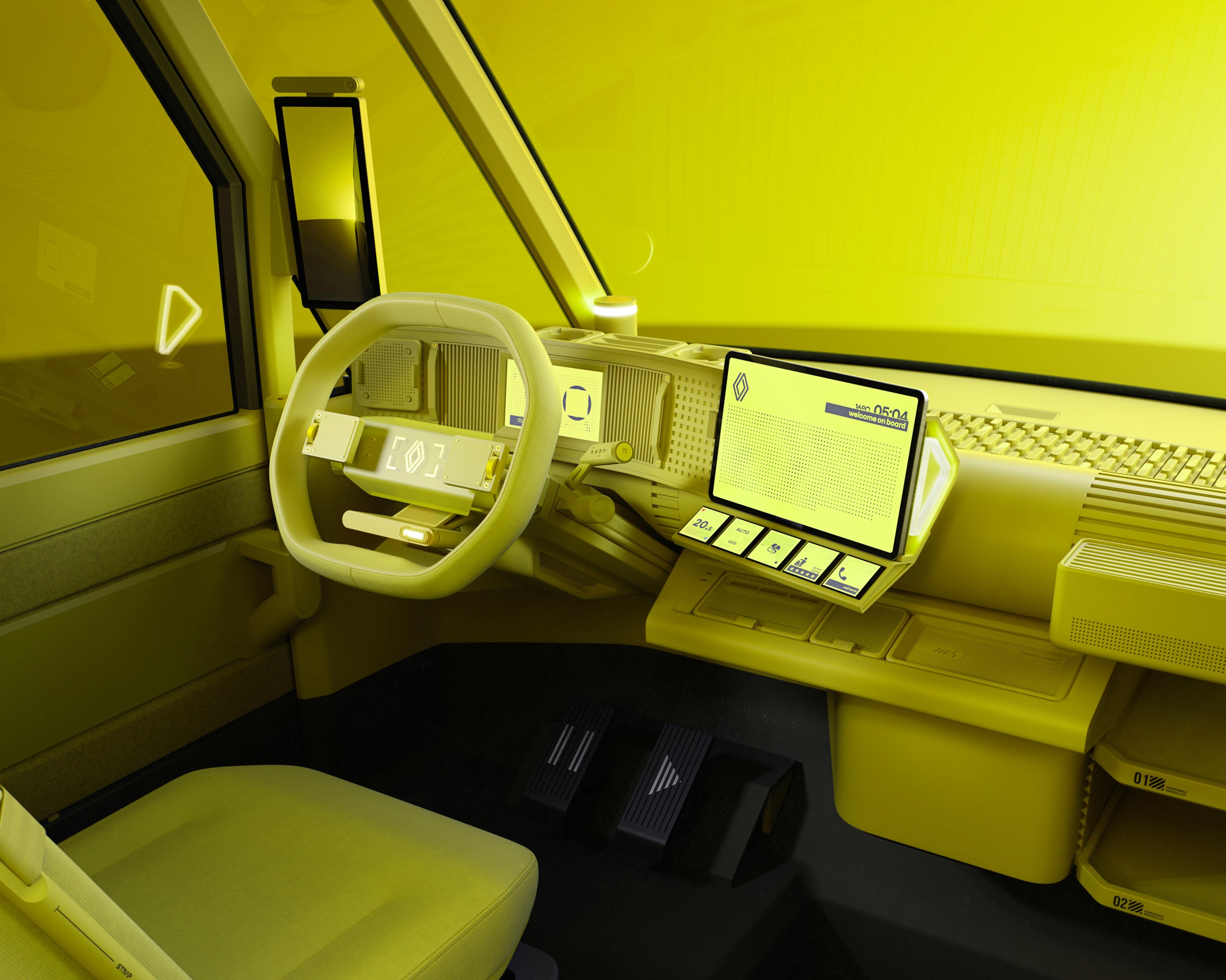
The base of the screen, the surface at the centre of the steering wheel and the area towards the door include a series of widgets providing one-tap access to the driver’s favourite features.
The multimedia system’s open technology can run a variety of software applications developed specifically for the trades using the vehicle.
Two 10-inch vertical screens at the end of the dashboard display the rear views from the outside cameras.
The Estafette Concept is Renault Group’s first vehicle built around an SDV (Software-Defined Vehicle) electronic architecture.
It is opening the door to the next generation of electric utility vehicles, which will be intelligent, scalable and modular.
This SDV architecture was developed by Ampere, Renault Group’s pure-player specialist in intelligent electric vehicles, is directly connected to the cloud, and plays an essential role in increasing the vehicle’s operational and cost efficiency.
It links customers to new services, updates the vehicle throughout its life cycle, learns about the user’s habits and contributes to reducing cost in use by about 30%.
SDV technology is especially helpful in utility vehicles because it provides a variety of new possibilities for personalisation.
It also enables customers to add high-efficiency power outlets, which are essential for a number of conversions (to add a refrigerated compartment or special lighting in a work area, for example).
The built-in panel contains three high-intensity outlets, and is the only interface you need to securely power all the new electrical appliances associated with the conversion.
The van’s SDV technology also adapts to the ecosystems in all the management infrastructures currently used by fleets. And, depending on the type of conversion, the dashboard can display any associated information (the temperature in the refrigerate compartment, for instance).
SDV architecture essentially turns a vehicle’s electric and electronic wiring into a smart system, including high-performance computers and new connected devices, which in turn instantly supply the van’s computers with massive amounts of data.



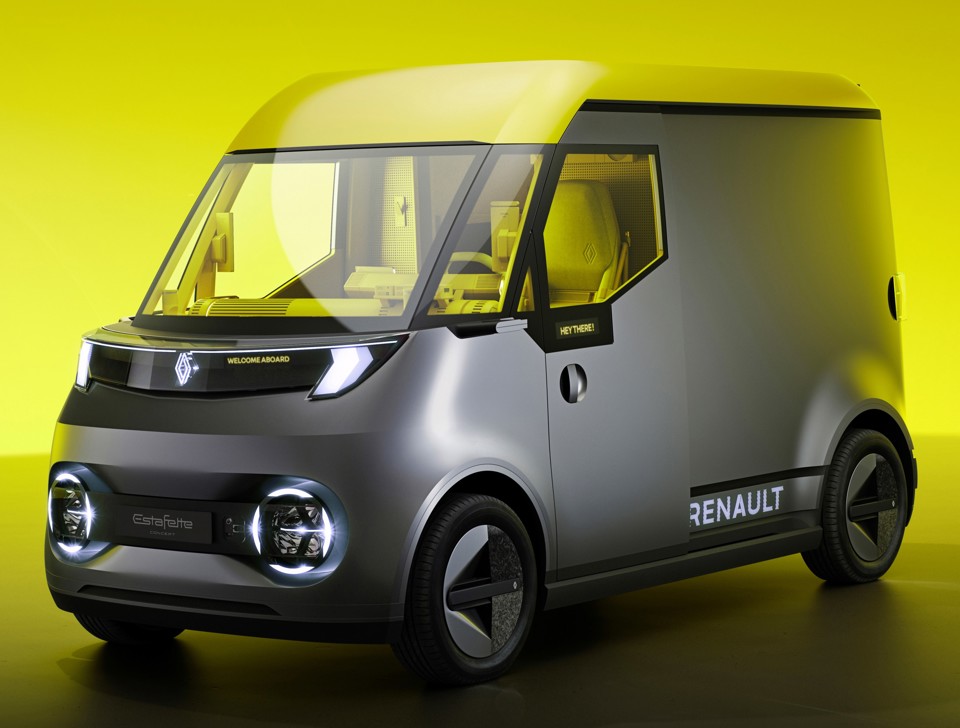

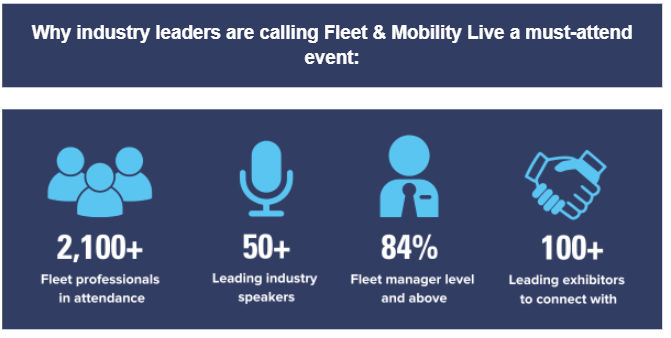







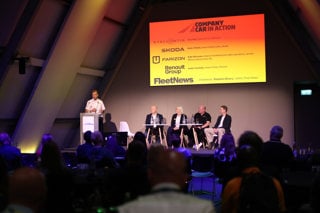












Login to comment
Comments
No comments have been made yet.